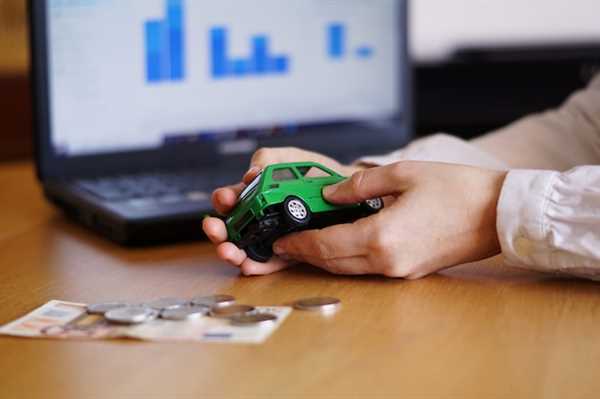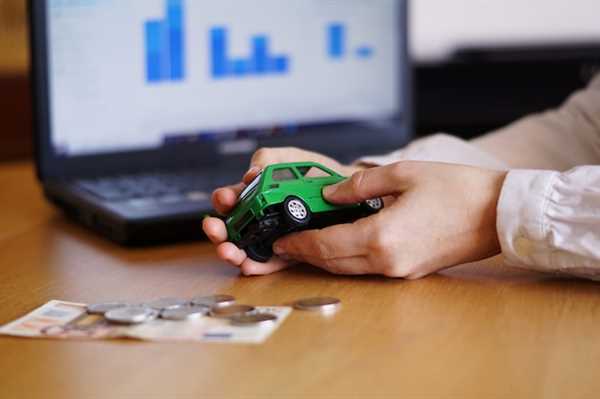
Always check the vehicle history report before committing to a purchase. Platforms like Carfax or AutoCheck can reveal past accidents, title issues, and service records. This information is invaluable and helps you avoid costly surprises.
When considering an auction as a buying avenue, research the seller’s reputation on the platform thoroughly. Ryan Knipp emphasizes verifying seller ratings and reading reviews to ensure a reliable transaction. Look for well-established auction sites that offer buyer protection.
Always arrange for a professional inspection after narrowing down your choices. This step often uncovers hidden problems that could lead to significant repairs later. A trusted mechanic can provide insights that might not be visible at first glance.
One of the smartest ways to secure your investment is to communicate directly with the seller via phone or video chat. This not only helps establish trust but also allows for any questions regarding the vehicle to be answered in real-time, adding a layer of assurance to your decision.
Remember to verify payment options and ensure they offer secure methods. Using escrow services can protect both the buyer and seller, making the financial transfer smoother and safer for everyone involved.
Evaluate Online Car Listings to Avoid Scams

Begin with examining the seller’s profile. A reputable individual or dealership should have clear contact information, a history of positive feedback, and multiple valid listings. Look for consistent responses to inquiries.
Next, assess the images provided. Genuine listings often display multiple angles and interior shots. Beware of pictures that appear overly staged or unrealistic, as these can signal a potential fraud.
Ryan Knipp suggests cross-referencing the vehicle identification number (VIN) to verify details such as ownership history and accident reports. Use trusted platforms to check this information thoroughly.
Review the price in comparison to similar models. If a listing seems too good to be true, it likely is. Research market values and determine whether the asking price aligns with average costs.
Avoid engaging with sellers who press for quick sales or request unconventional payment methods, such as wire transfers or gift cards. Legitimate transactions typically offer secure payment options.
In an auction setting, it’s wise to research the auction site’s policies. Ensure they have buyer protections in place, as this can greatly minimize risks when purchasing a vehicle.
Lastly, assess the written description for inconsistencies or vague statements. A transparent seller will provide detailed information without omitting essential facts, allowing for informed decisions.
Secure Payment Methods and Transaction Safety
Utilize an escrow service to manage funds during the buying process. This approach allows the buyer and seller to agree on conditions before the payment is released, ensuring both parties are protected.
Credit cards often provide additional fraud protection, making them a reliable choice for transactions. Avoid wire transfers, as they offer little recourse if anything goes wrong.
Always verify the seller’s identity. Request their contact information and ensure that the business is legitimate, especially if purchasing from an auction site.
Many prefer PayPal for online transactions due to its built-in buyer protection policies. Familiarize yourself with how to initiate disputes in case issues arise.
Ryan suggests keeping communication documented. Use platforms that log messages to maintain an accurate record of discussions with the seller.
Be cautious with down payments. Agree on secure forms of payment that protect your interests until you can physically inspect the vehicle.
Ensure you obtain a receipt for any transaction, which will serve as proof of payment and can be important for warranty claims or potential disputes.
How to Inspect and Test Drive a Car Before Purchase

Check the vehicle history report to uncover any past issues such as accidents, title problems, or mileage discrepancies.
Examine the exterior for scratches, dents, and rust. Look closely at the paint and body alignment; inconsistencies can indicate past repairs.
Open the hood and inspect the engine. Look for leaks, corrosion, and signs of wear. Pay attention to belts and hoses; replacements may indicate upcoming expenses.
Inspect the tires for even wear and sufficient tread depth. Uneven wear could signify alignment issues.
Assess the interior for cleanliness, functioning electronics, and seat wear. Test all buttons and features to ensure they work properly.
On the test drive, start by observing the vehicle’s acceleration and braking. Notice how it handles turns and bumps in the road.
Listen for unusual noises from the engine or suspension while driving. A smooth ride is usually a key indicator of a well-maintained car.
Test all driving conditions: highway speeds, stop-and-go traffic, and parking maneuvers. This will give a complete picture of car functionality.
Have a trusted mechanic inspect the car if possible; their expertise can flag potential problems before making a commitment.
Buying at auction can offer great deals, but make sure to follow thorough inspection procedures to avoid unexpected issues later.



